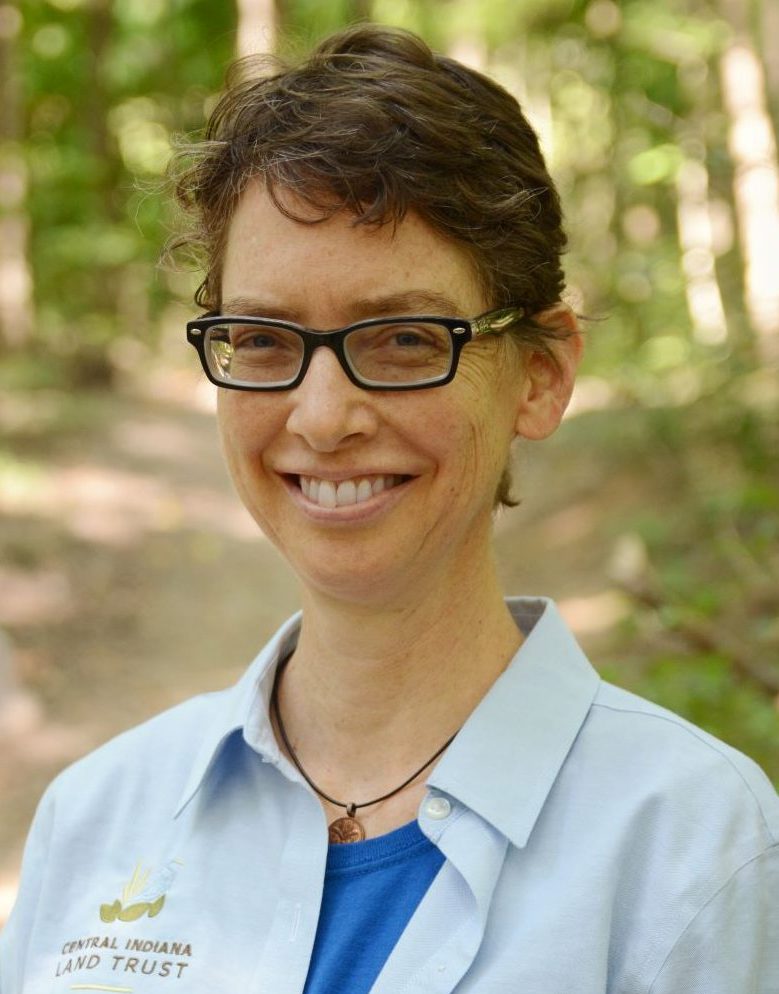Creating future habitat for Eastern box turtles and many other species, we kicked off our million tree initiative this year. We’ve pledged to plant one million trees over the coming years in strategic sites, linking up hundreds of acres of fragmented land to benefit sensitive wildlife. Our tree-planting efforts so far buffer Meltzer Woods, Glacier’s End, Mossy Point and Wallace F. Holladay Preserve.
Expanding natural areas and restoring spaces between them to forest has so many benefits. Climate change mitigation is a big one: Our work today benefits the climate through trees’ ability to sequester carbon, which only multiplies as they grow.
But the number one threat to nature in our region is not climate change, but habitat fragmentation. Our million tree project will close space between forested parcels, supporting native plants and wildlife.
The boundary of a forest is a treacherous place for many animals. Species like the Eastern box turtle and many migratory warblers require deep forest interior habitat to thrive. At the edge of a forest, they fall prey to numerous threats.
Eastern box turtles, in particular, face both animal and human threats. Their eggs and young are vulnerable to predation from raccoons, skunks, coyotes and snakes, especially at the edge of the forest. On the human side, they are still sometimes taken as pets, though it is illegal, and are often hit by vehicles. Most traffic fatalities are pregnant females searching for a nest site.
With suburban development increasing, busy roads bisect their territory. They lose habitat areas for shelter, feeding, hibernation and nesting, and their numbers dwindle into isolated populations.
We can give this threatened species a fighting chance by increasing the acreage for them to roam, forage and find safe havens for their nests. Unbroken forest canopy gives them a shot at raising their young. The wider the territory, the greater the potential for strengthening the gene pool. For populations that are on the decline, these tree plantings couldn’t be more helpful.
Our tree plantings are made possible by the Duke Energy Foundation, The Herbert Simon Family Foundation, the USDA’s Conservation Reserve Program, and you, our members and supporters. We plan to continue our tree planting effort through support from our members and donations to the carbon fund. If you travel, you can offset the carbon of your travel miles by planting trees.

Shawndra Miller
Communications Manager